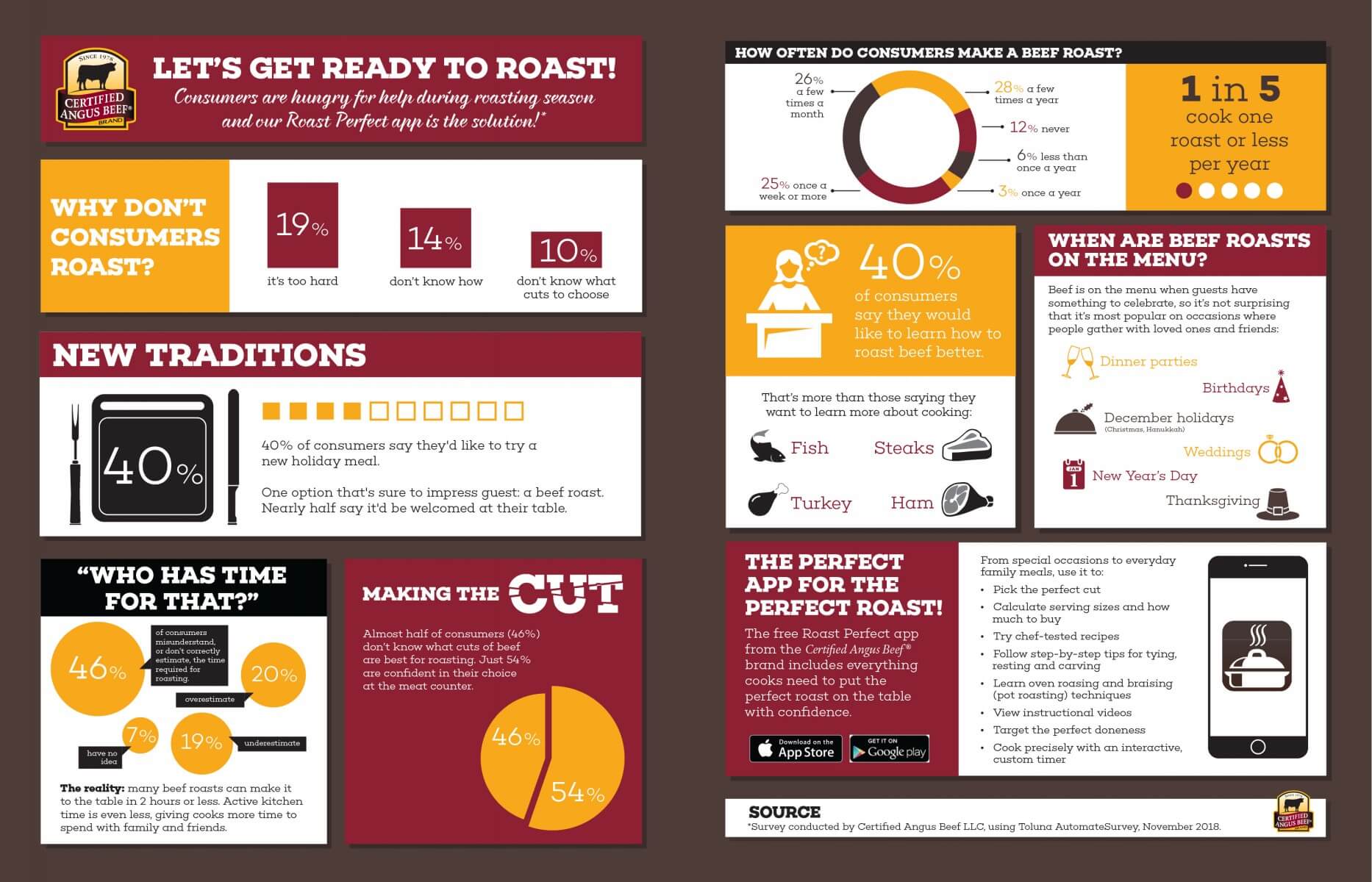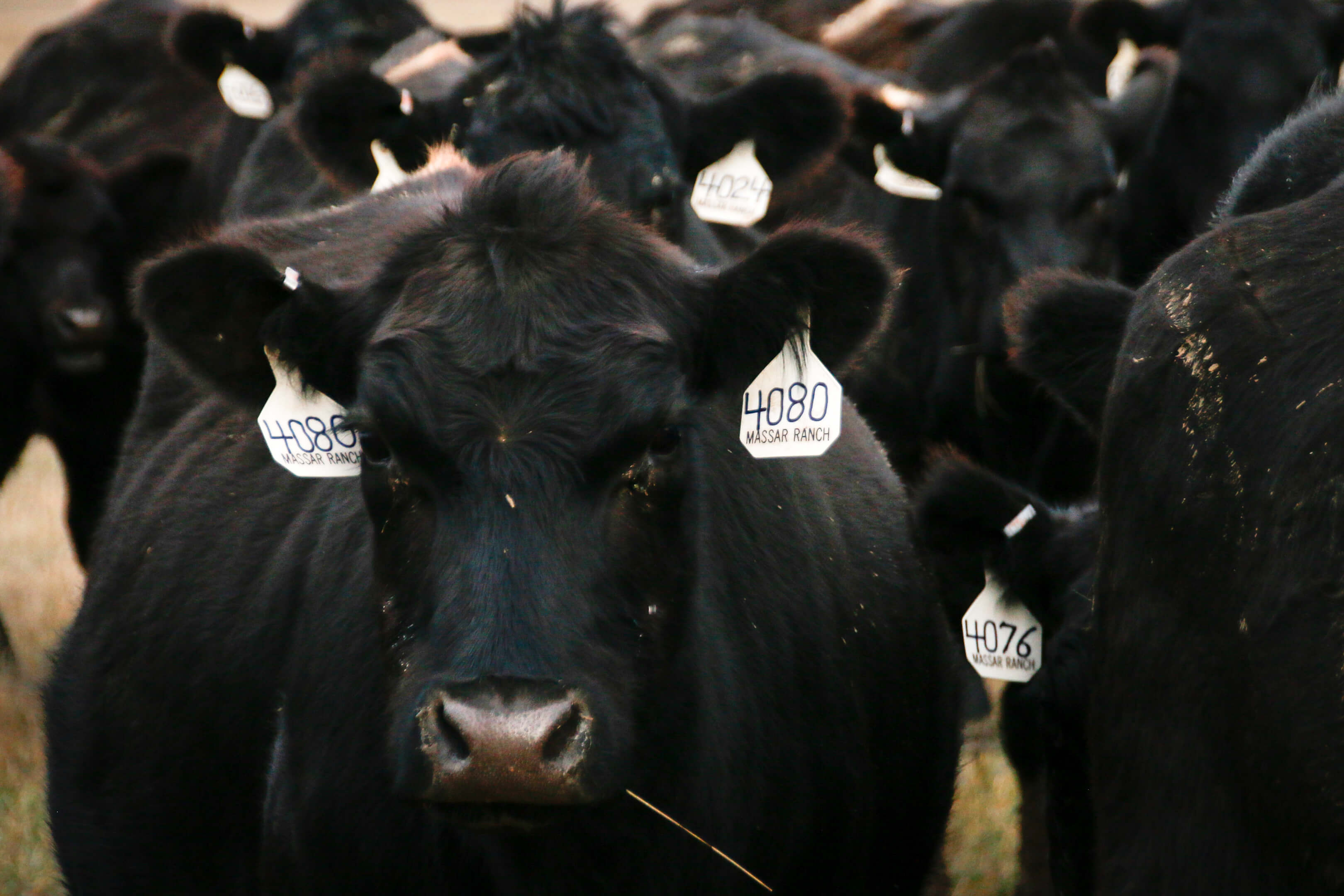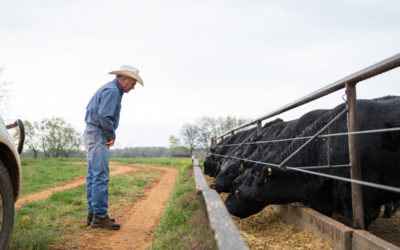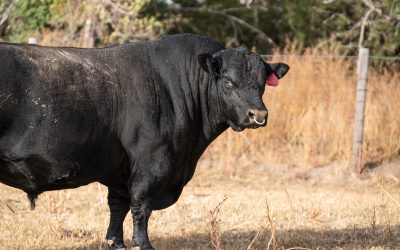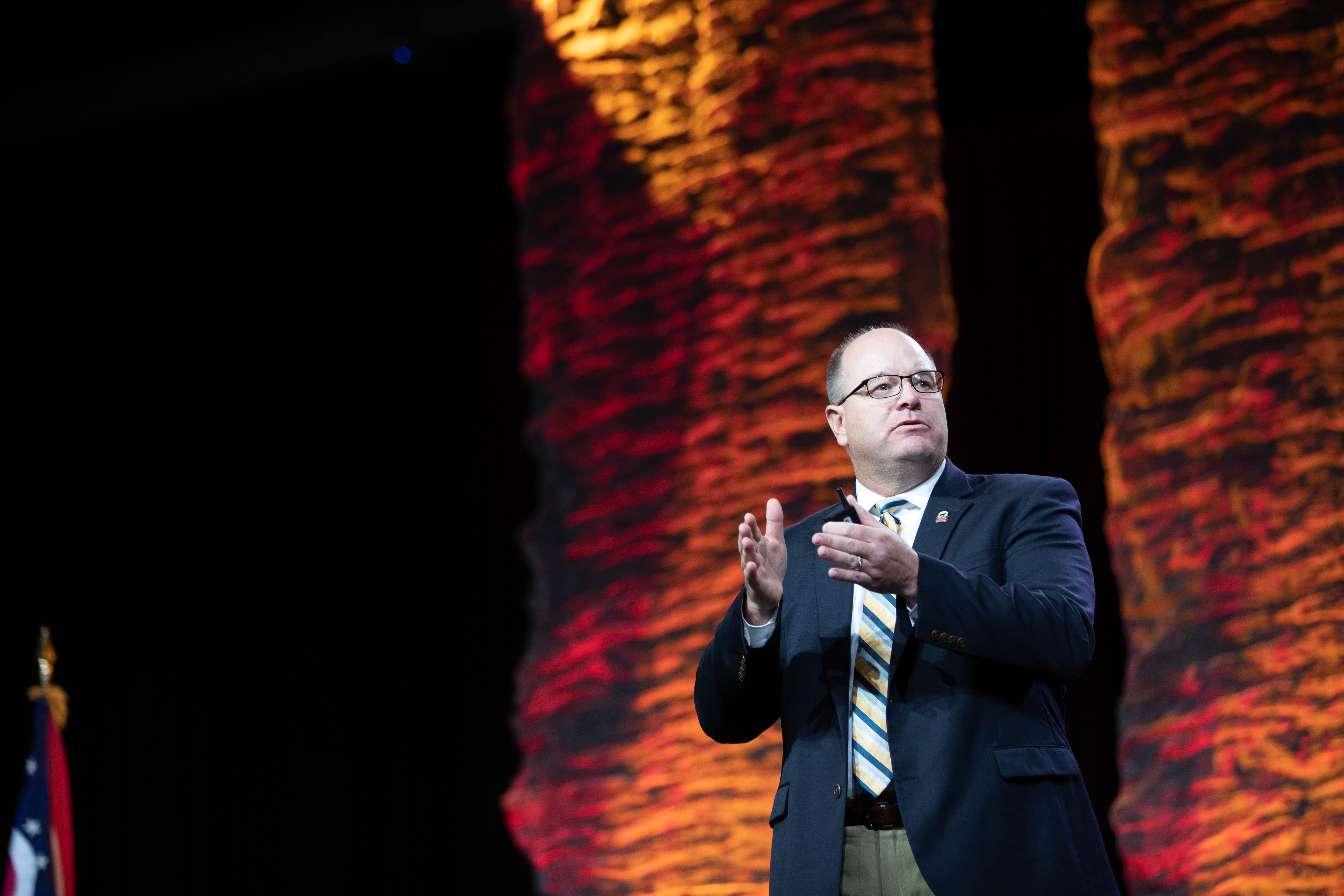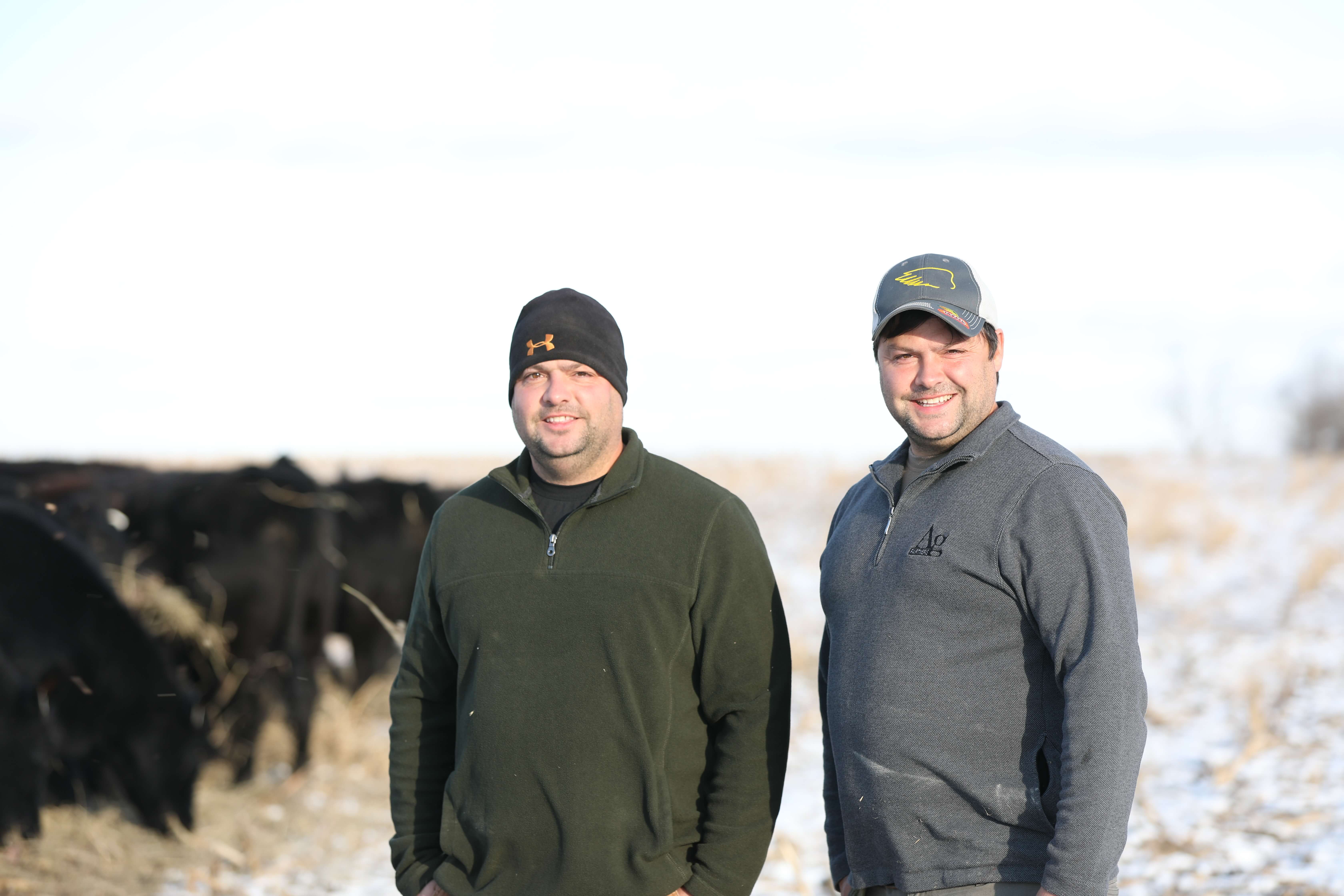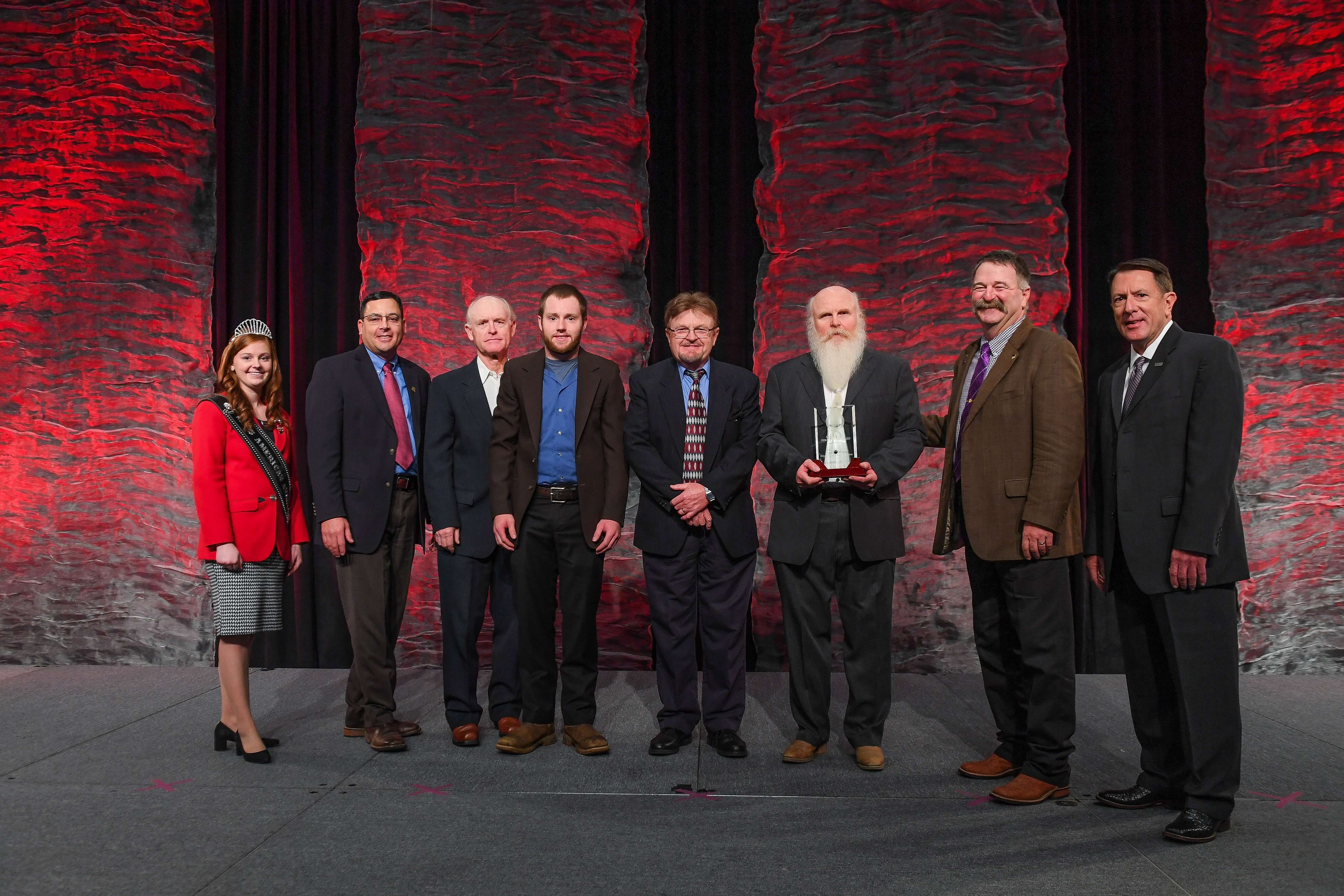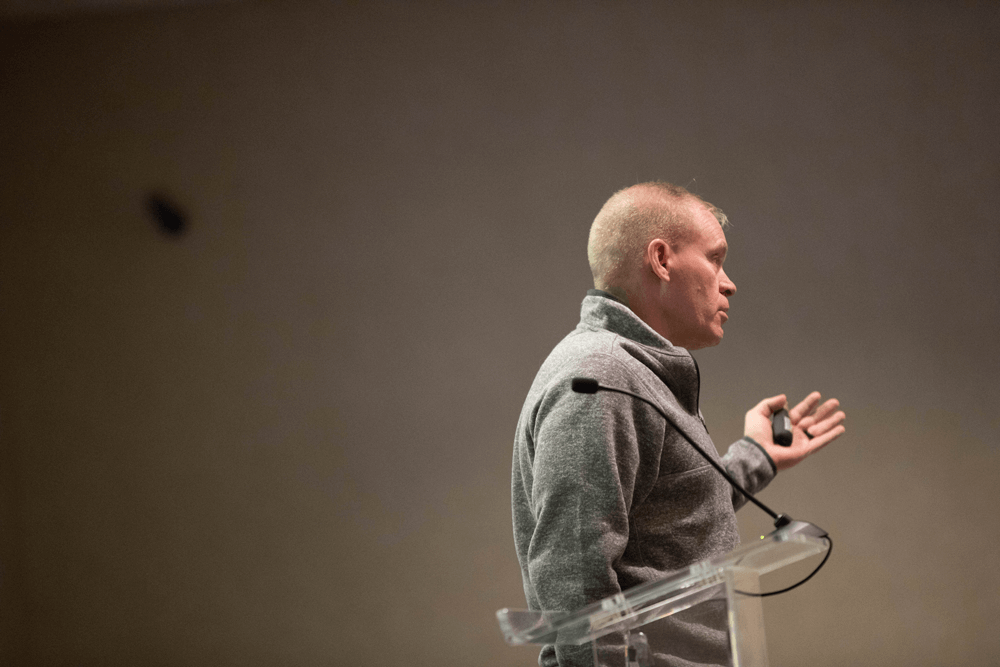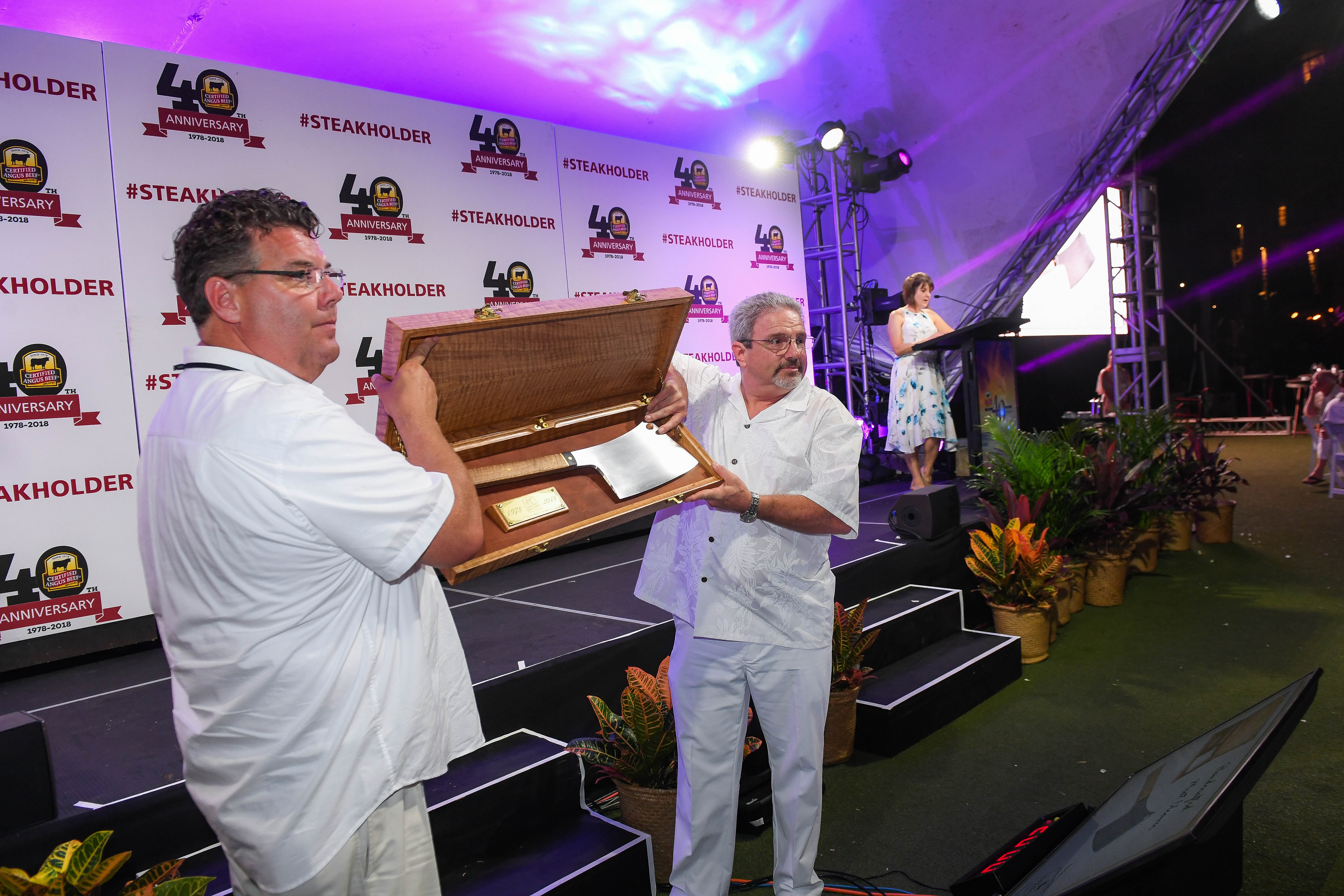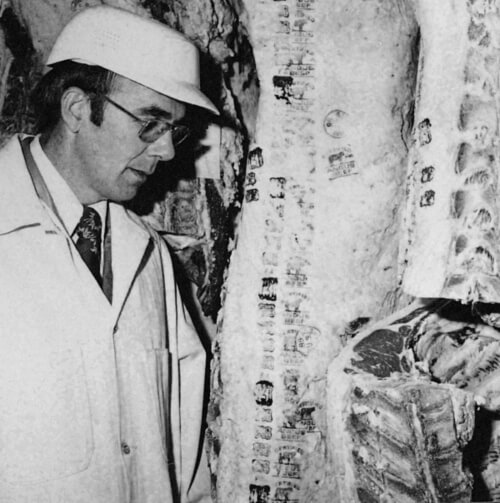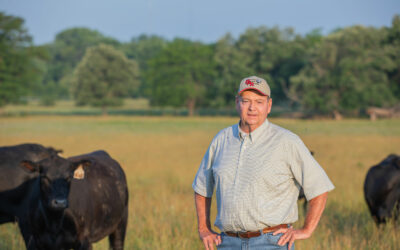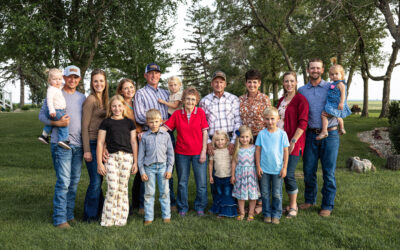
Premium Positioning
CAB annual conference inspires beef marketers
I’m not all that fancy. I grew up wearing second-hand clothes and riding in farm trucks. My siblings and I thought the Super 8 was an upscale motel because they had a pool.
Still today, I rarely find myself in a town with a five-star restaurant.
So when I get the opportunity to attend an event like our Certified Angus Beef ® brand (CAB®) brand annual conference, I often find myself in awe. The food, the venue….the hoopla!
This year we celebrated the 40th anniversary of the brand in Maui, Hawaii, in September. The annual event brought together attendees from 43 states and 18 countries, representing all parts of the beef chain.

There was a state of the brand.
“Today, Certified Angus Beef represented 18.5% of all fed cattle harvested, while USDA Select has declined to 17.7%,” CAB president John Stika said. “When you look at that dramatic of a shift in the quality of this industry, during a period of only 10 years, that strongly suggests what you’re doing with your efforts have a direct impact on this industry, changing its direction and aligning it more closely with consumers. In doing so, creating a more sustainable future for all of us.”
There were motivation sessions.
“What you all have achieved in the last 40 years is not an accident,” said Chris Hogan, former college football standout now working with finance and life coach Dave Ramsey. “Where you are is not an accident and where you go in the next two, four, six years won’t be an accident either. Hard work, focus, effort, sacrifice and intentional leadership will help you get there.”
There were practical, deep-into-business sessions for everyone from retailers and chefs to restaurant owners and foodservice distributors. We talked Prime availability. We talked mobile technology trends and sustainability. We talked employee development.

Then we ate A LOT of good beef. Seven executive chefs and 25 cooks fed—and wowed—the crowds. There was beef for breakfast (steak and eggs anyone?) and lunch (from burgers to brisket, dozens and dozens of new value-added products) and dinner (Prime smoked filet of strip, with a demi-glace).
Our culinary team roasted an entire side of beef on the beach. (It had a different feel than a hog roast in a machine shed, that’s for sure!) Passersby stopped to snap selfies while the waves crashed in the background.
The tropical backdrop just complemented the exceptional level of detail our education team is known for, from the moment attendees walked up to the barn-front registration desk to the finale fireworks.
There were too many special touches to count.
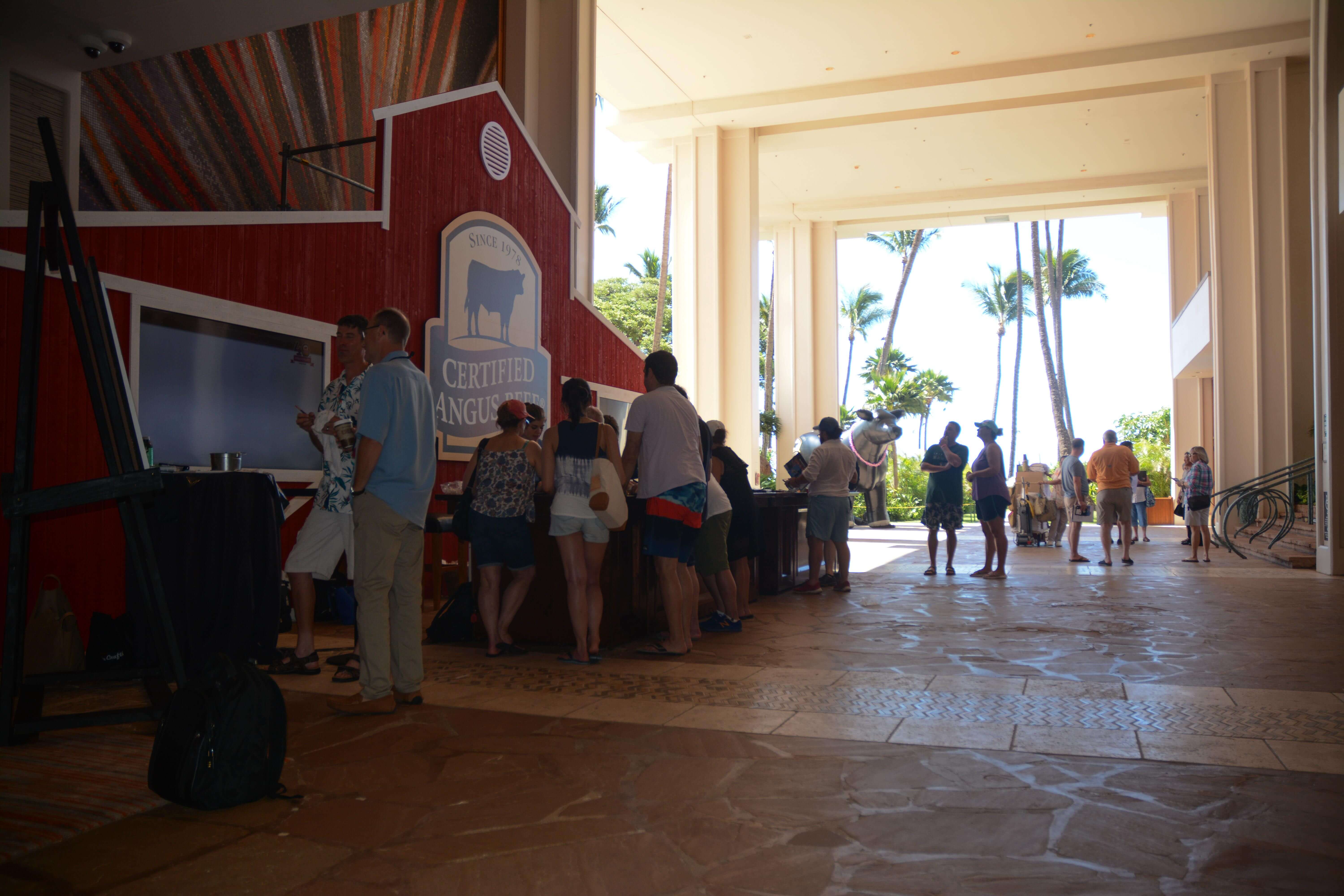
But don’t confuse the intention as an attempt to show off. A closer look shows it’s not frivolous, it’s necessary.
We want chefs to feature the high-quality beef you raise, listed on menus where they can charge $100/plate. We want retailers to use the brand as a way to build customer loyalty. We want our partners to serve the beef when a celebrity event comes to town and feature it their strategic marketing plans.
If they’re going to sell CAB as a premium brand, they first have to see it as such. If we expect them to pay more for it, we have to prove to them it deserves that place.
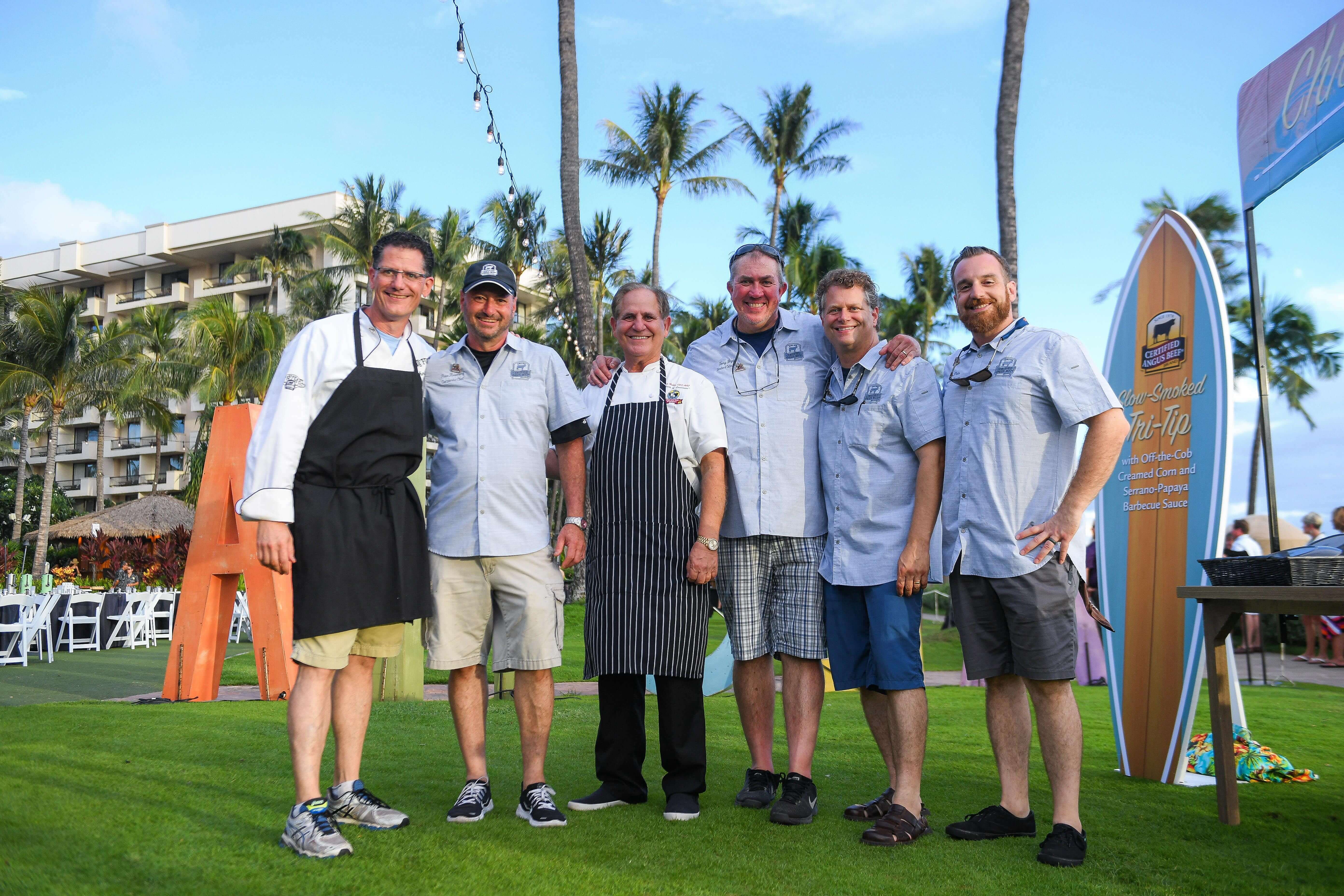
During my first week of orientation with CAB, I had lunch with Tracey Erickson, our vice president of marketing. That was 2006, and I still remember the conversation about separating ourselves from commodity beef. It went beyond the specifications to the positioning.
“If we were giving chocolate as a gift, we wouldn’t give M & M tins, we’d give Godiva,” Tracey told me. “We are a premium brand, so we need to be in that category in all areas.”
I may not be fancy, but I can certainly fancy a strategy that puts more money back in producers’ pockets.
May your bottom line be filled with black ink,
Miranda
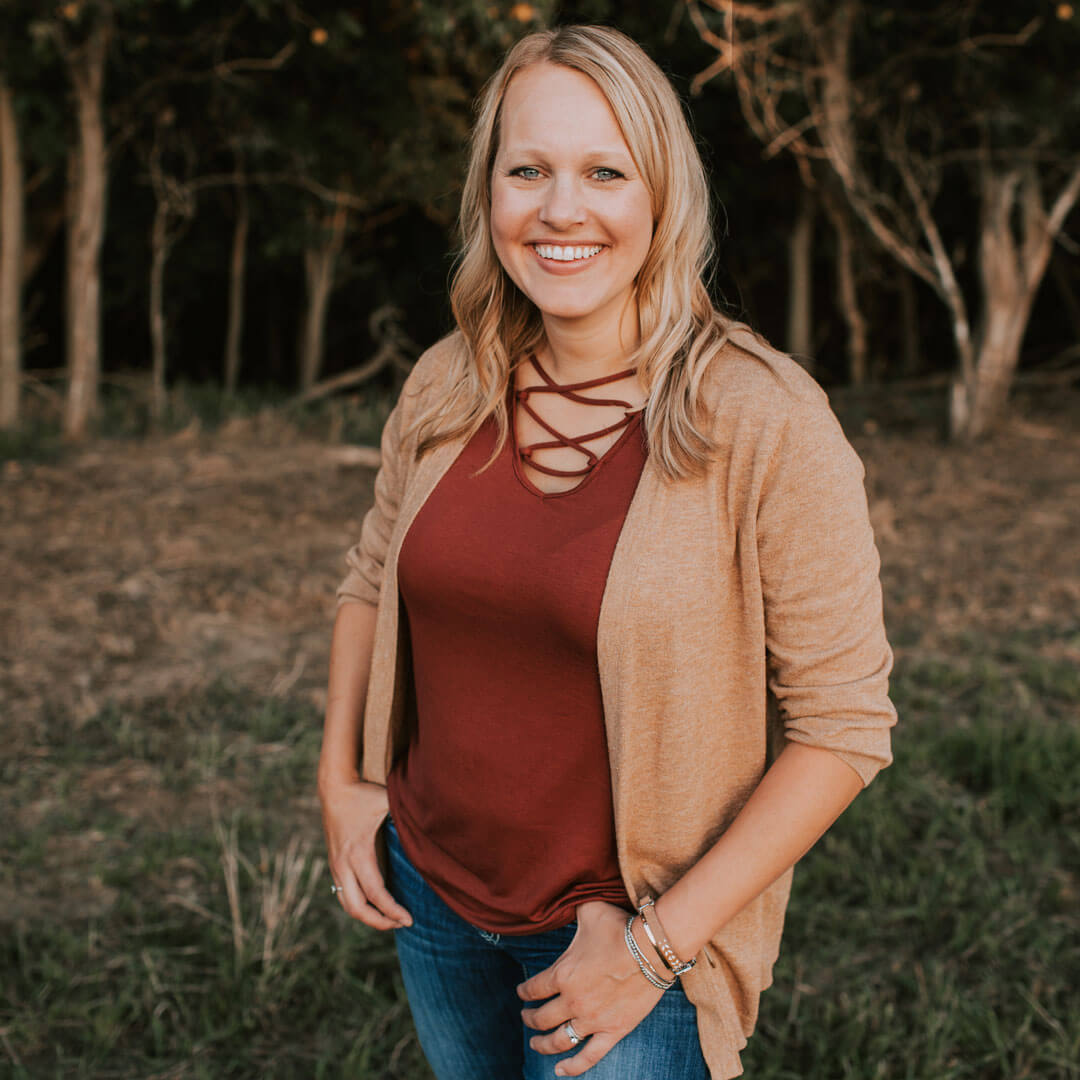
About the author: Miranda Reiman
I love this life. Things that top my list? God, my family, rural life, agriculture and working for the brand. I’m officially the director of producer communications, which basically means I get to learn from lots of smart people and pass that information along to other smart people: YOU. I’m fortunate to work with producers and others in the beef community from my Nebraska-based home office here in the heart of cattle country. (One other delicious job perk? Any time we meet, there’s sure to be good beef involved.)
you may also like
$100,000 Up for Grabs with 2024 Colvin Scholarships
Certified Angus Beef is offering $100,000 in scholarships for agricultural college students through the 2024 Colvin Scholarship Fund. Aspiring students passionate about agriculture and innovation, who live in the U.S. or Canada, are encouraged to apply before the April 30 deadline. With the Colvin Scholarship Fund honoring Louis M. “Mick” Colvin’s legacy, Certified Angus Beef continues its commitment to cultivating future leaders in the beef industry.
Raised with Respect™ Cattle Care Campaign Launched This Fall
Raised with Respect™ was developed as part of a strategic cattle care partnership between Sysco and CAB. The collaboration focuses on supporting farmers and ranchers, equipping them with continuing education to stay current on best management practices and helping to increase consumer confidence in beef production.
Quality Wins, Again
Sara Scott, Vice President of Foodservice for Certified Angus Beef, emphasizes the importance of taste over price in the beef market during the Feeding Quality Forum. As consumer demand for high-quality beef grows, Scott highlights the need for increased supply and encourages communication with packer partners to meet the demand for Prime beef.






